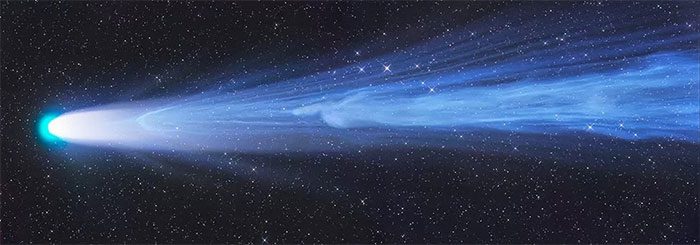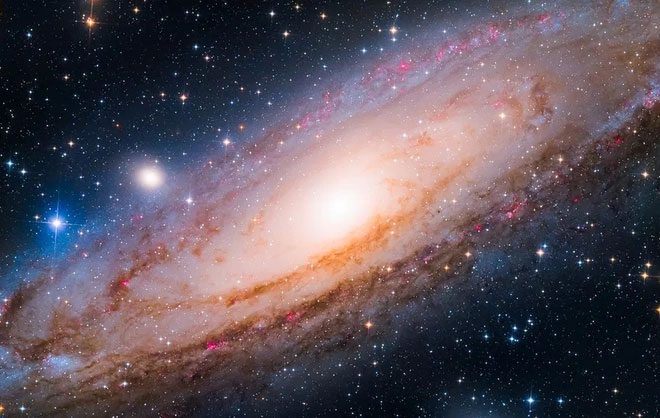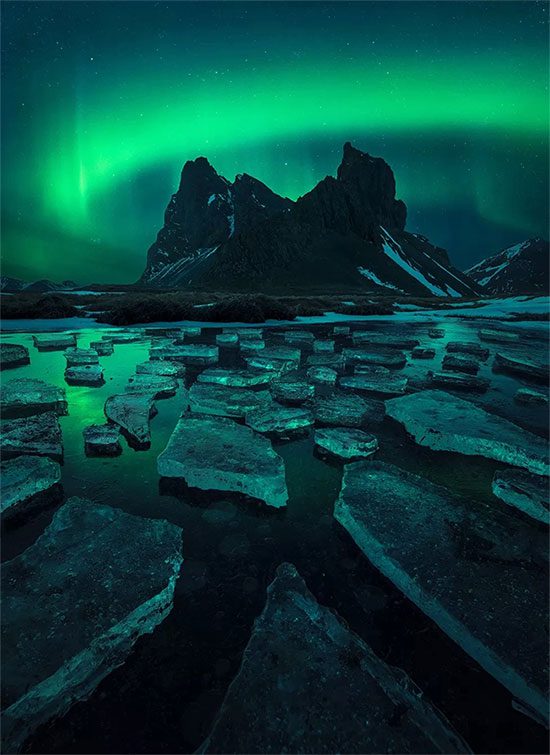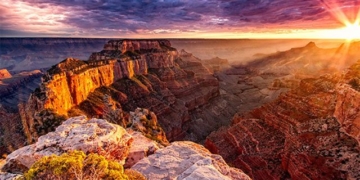The “once-in-a-thousand-years” photograph of a comet, which may never be seen from Earth again, has won a prestigious award in astronomical photography.
The image shows part of the tail of Comet Leonard breaking off and being swept away by the solar wind. This comet has now left the Solar System, according to BBC reports.
The Royal Observatory Greenwich in London, the organization behind the “Astronomical Photographer of the Year” competition, described this photograph as “stunning.” The organization also awarded the title of Young Astronomical Photographer of the Year to two 14-year-old boys from Sichuan, China.

This photograph of the comet won the astronomical photography award. (Photo: Gerald Rhemann).
The images are being displayed in an exhibition at the National Maritime Museum in London starting from September 17.
“Comets look different every hour. They are truly amazing,” said photographer Gerald Rhemann from Vienna, Austria. This photograph was taken on Christmas Day 2021 from an observatory in Namibia, known for having the darkest skies in the world.

This photograph helped two 14-year-old boys from China win an award in the competition. (Photo: Yang Hanwen and Zhou Zezhen).
“I am very happy to have taken this photo – it is a highlight of my photography career,” he told BBC.
Dr. Ed Bloomer, an astronomer and one of the judges of the competition, stated that this photograph is one of the most beautiful comet images in history.

This image by Slovakian photographer Filip Hrebenda shows auroras reflecting on a frozen lake in Iceland. This photo won an award in one of the categories of the competition.
“This perfect astronomical photograph is a blend of science and art. It is not only technically complex and immerses the viewer in deep dark space but also makes a strong visual and emotional impact,” said Dr. Hannah Lyons, Assistant Creative Director at the Royal Greenwich Museum.
The judges reviewed over 3,000 entries from around the world. Yang Hanwen and Zhou Zezhen, both 14 years old, collaborated to capture an image of the Andromeda Galaxy, which is the closest galaxy to the Milky Way.
“I think this photo shows how beautiful our closest neighbor is,” Yang Hanwen remarked.
Additionally, Dr. Ed Bloomer noted that astronomical photography is crucial as it reveals features of the universe that the human eye cannot see when merely looking at the night sky.


















































